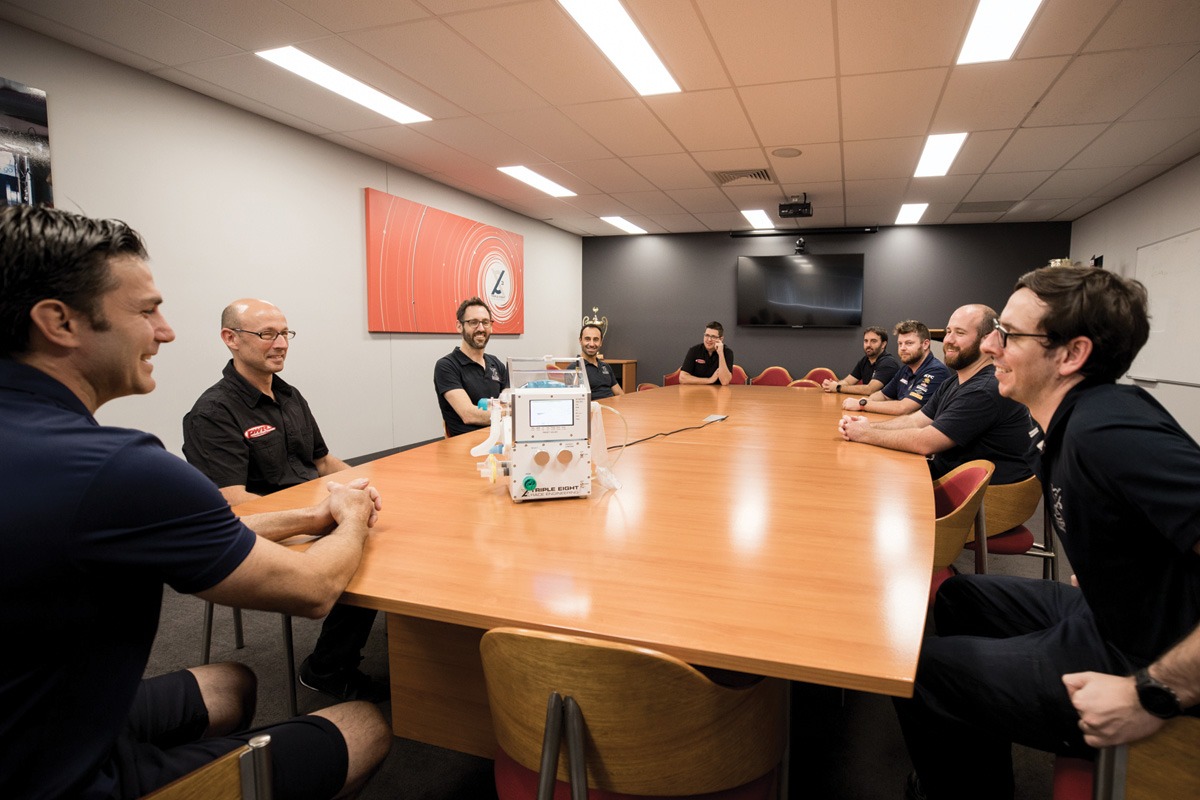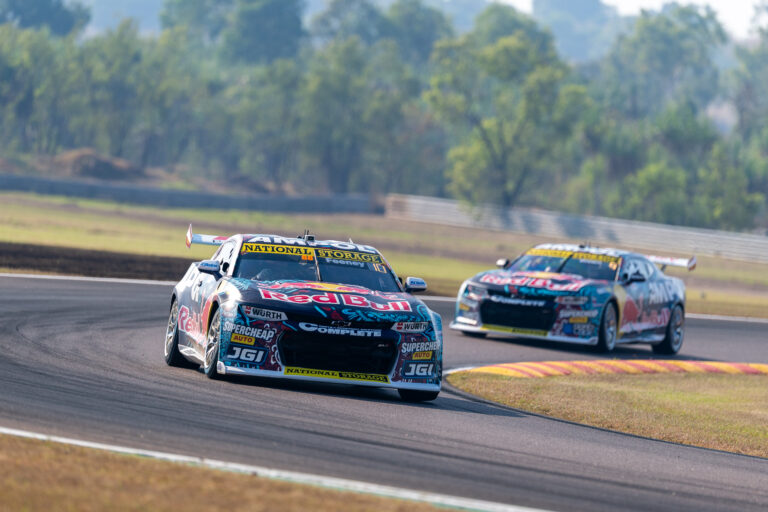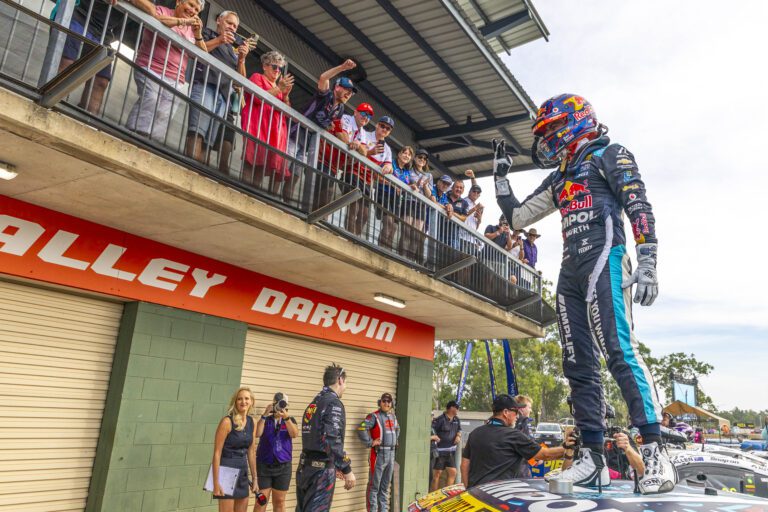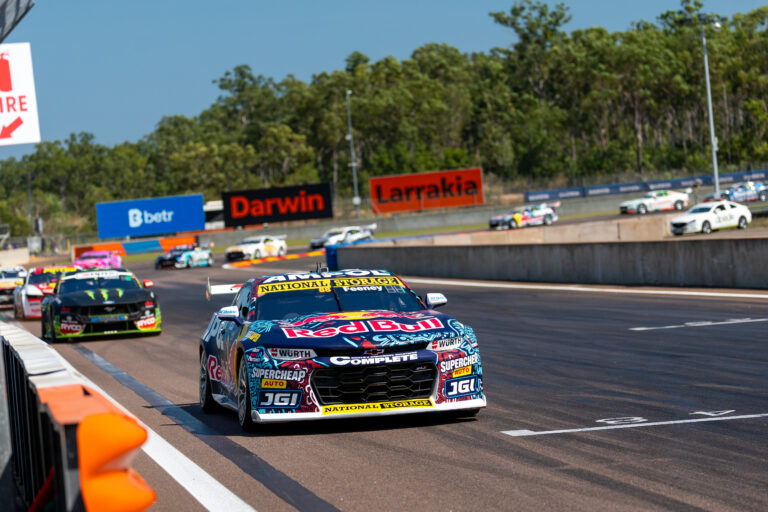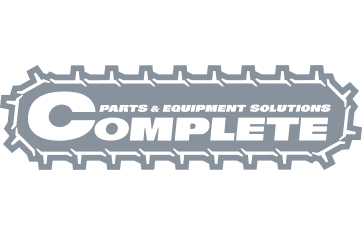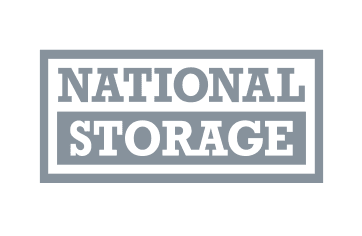The second iteration of Triple Eight Race Engineering’s emergency medical ventilator has been revealed in a behind-the-scenes mini documentary, giving viewers an insight into the design capabilities of one of Australia’s most successful sporting teams of the past two decades. Dubbed ‘The Conrod Project’, the development of the ventilator has been all-consuming for the championship-winning Supercars engineering team for the past six weeks since the postponement of the racing season due to Covid-19. After the first proof-of-concept prototype was completed, work began immediately to not only finetune the existing device, but to enhance its capabilities in line with the latest requirements published by the Therapeutic Goods Administration (TGA) and further exceed the expectations of the challenge originally set by the Queensland State Government for an emergency ventilator that would be suitable for use in a field hospital situation. “The TGA has put together a specification document which has a ‘required’ list and a ‘desired’ list for Covid-19 ventilators. Our ventilator is currently on track to satisfy both lists fully, but clearly would still need to be approved by the TGA if and when it goes into production,” said Mark Dutton, Team Manager of Triple Eight. “Today’s ICU ventilators have big graphical screens to display information, which is not in the document from the government, but when we spoke to doctors and ICU specialists, it was clear this was something we should incorporate so that we can aid medical professionals to deliver the best care for the patients. On top of that, it became apparent that it’s essential to have a machine that can automatically respond to the patient’s own breathing inputs and react to those positively. Achieving these and other goals for our machine has been a huge challenge but really satisfying.” The truly unique aspect of The Conrod Project ventilator is the telemetry system. The devices are 4G capable, so live data is transmitted from the ventilator to a central station, allowing one person to monitor multiple patients simultaneously. Triple Eight Technical Director, Jeromy Moore explained, “our ventilator incorporates a telemetry system which means that a qualified doctor or nurse can monitor a patient’s vitals, not only in real time but also analyse it later. They can download the data like one of our race cars.” “When we first looked at The Conrod Project and spoke with doctors, their initial worry in Australia was not a lack of ventilators but a lack of staff to operate the ventilators,” said Dutton. “We’ve tackled that by installing onboard telemetry, like the race cars, so that means one specialist can be monitoring as many patients as they feel comfortable, whether that’s 10, 50 or 100, and with the onboard alarms they can then direct the attention to the patient that needs it.” The documentary shines a light on the partnership between Triple Eight and PWR, an advanced cooling solutions company that supplies some of the world’s most prestigious aerospace and IT companies plus numerous automotive manufacturers and Formula 1 teams from its Gold Coast base, a factory that includes some of the most sophisticated clean-room production facilities available in the country.  “Triple Eight has always been an engineering company that goes racing,” said Dutton. “We have highly specialised engineers. Our skillsets include hitting deadlines, constant improvement, and working to rule books and regulations, so that’s perfectly suited to a crisis situation where you need the product now, you need it to keep getting better and you need to not stop until it’s right, and that’s in our DNA. “If a ventilator like this is required at some point, for use in sub-optimal conditions such as a field hospital, then PWR are equipped with world-class facilities right here in South East Queensland that could be available to start mass manufacturing very quickly.” “PWR are like us at Triple Eight Race Engineering,” said Moore. “We both set ourselves extremely high standards and we both want to go above and beyond expectations and deliver a better product than anyone else. That’s why they’re the perfect team to be working with. “The goal for this project is to demonstrate that we can provide home grown solutions to substantial engineering challenges quickly and effectively and it’s about being able to assist with saving lives if needed.”
“Triple Eight has always been an engineering company that goes racing,” said Dutton. “We have highly specialised engineers. Our skillsets include hitting deadlines, constant improvement, and working to rule books and regulations, so that’s perfectly suited to a crisis situation where you need the product now, you need it to keep getting better and you need to not stop until it’s right, and that’s in our DNA. “If a ventilator like this is required at some point, for use in sub-optimal conditions such as a field hospital, then PWR are equipped with world-class facilities right here in South East Queensland that could be available to start mass manufacturing very quickly.” “PWR are like us at Triple Eight Race Engineering,” said Moore. “We both set ourselves extremely high standards and we both want to go above and beyond expectations and deliver a better product than anyone else. That’s why they’re the perfect team to be working with. “The goal for this project is to demonstrate that we can provide home grown solutions to substantial engineering challenges quickly and effectively and it’s about being able to assist with saving lives if needed.”
 “Triple Eight has always been an engineering company that goes racing,” said Dutton. “We have highly specialised engineers. Our skillsets include hitting deadlines, constant improvement, and working to rule books and regulations, so that’s perfectly suited to a crisis situation where you need the product now, you need it to keep getting better and you need to not stop until it’s right, and that’s in our DNA. “If a ventilator like this is required at some point, for use in sub-optimal conditions such as a field hospital, then PWR are equipped with world-class facilities right here in South East Queensland that could be available to start mass manufacturing very quickly.” “PWR are like us at Triple Eight Race Engineering,” said Moore. “We both set ourselves extremely high standards and we both want to go above and beyond expectations and deliver a better product than anyone else. That’s why they’re the perfect team to be working with. “The goal for this project is to demonstrate that we can provide home grown solutions to substantial engineering challenges quickly and effectively and it’s about being able to assist with saving lives if needed.”
“Triple Eight has always been an engineering company that goes racing,” said Dutton. “We have highly specialised engineers. Our skillsets include hitting deadlines, constant improvement, and working to rule books and regulations, so that’s perfectly suited to a crisis situation where you need the product now, you need it to keep getting better and you need to not stop until it’s right, and that’s in our DNA. “If a ventilator like this is required at some point, for use in sub-optimal conditions such as a field hospital, then PWR are equipped with world-class facilities right here in South East Queensland that could be available to start mass manufacturing very quickly.” “PWR are like us at Triple Eight Race Engineering,” said Moore. “We both set ourselves extremely high standards and we both want to go above and beyond expectations and deliver a better product than anyone else. That’s why they’re the perfect team to be working with. “The goal for this project is to demonstrate that we can provide home grown solutions to substantial engineering challenges quickly and effectively and it’s about being able to assist with saving lives if needed.”
